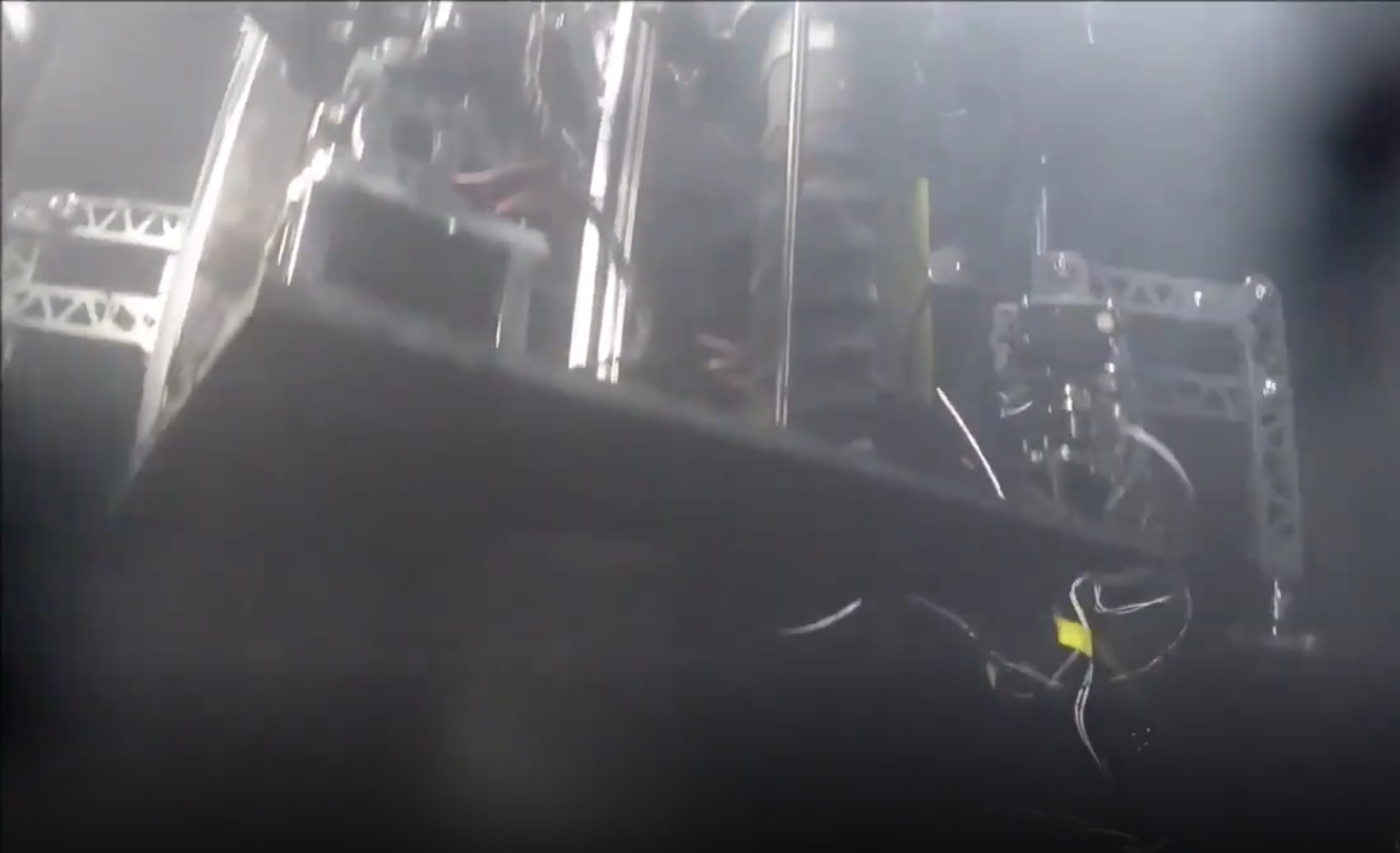Honeybee Robotics Demonstrates WINE
WINE prototype lifting off using steam extracted from hydrated asteroid simulant - Credit: Kris Zacny (Honeybee Robotics)
Kris Zacny of Honeybee Robotics made an exciting announcement on New Year’s Eve 2018; the successful demonstration of their WINE (the World Is Not Enough) spacecraft in vacuum. This prototype demonstration came at the conclusion of a Phase 2 NASA SBIR/STTR that was awarded in 2016 and lasted two years. The effort includes Dr. Philip Metzger as principal investigator and involves extracting water from asteroid simulants, heating it up to create steam, and using that steam for launching the system up.
The WINE system combines the water extraction system from MISWE (Mobile In-Situ Water Extractor) [Zacny 2012] with a 3D printed cold gas thruster and tank that were specially printed to fit within the form factor of a CubeSat. The WINE system uses a spiral fluted coring tube, similar to what MISWE used for drilling into hydrated minerals of an asteroid simulant.
Taking advantage of heat generated by WINE’s electronics, the extracted asteroid material is heated enough to cause the trapped volatiles (including water molecules) to sublimate, producing liquid water that is then stored in the tank. Stored water is used for propulsion by the cold gas thrusters via further heating to make steam. This test used simulated Ceres regolith, which is analogous to a C type asteroid.
The short video above shows the activation of WINE’s cold gas thrusters in a vacuum environment, propelling the system upward using extracted water. In addition to vacuum conditions, the testing rig also simulated a low gravity environment by utilizing a counterbalance system.
Concept of the Mobile In-Situ Water Extractor (MISWE), whose water extraction system was used in WINE - Credit: Zacny et al., 2012, Figure 14
This successful research program will increase the Technology Readiness Level (TRL) of WINE from 2 to 3. It is also demonstrating how multiple firings, water extractions, and refuelings are possible with one system.
The WINE spacecraft is exciting because it demonstrates technology that uses ISRU (in situ resource utilization) to directly enable new capabilities. With this system’s capabilities, a CubeSat sized mission can utilize the local resources of an asteroid to significantly extend its mission, directly perform science on extracted materials, and supply the spacecraft with extra delta-v (via refueling) to enable greater spacecraft capability. Due to the limited requirements for operation, including limited gravity and water, this system could be deployed to Enceladus, Europa, any C-type asteroid, and many more locations.
We look forward to watching Honeybee Robotics and NASA expand this technology further.
References
Zacny, Kris, et al. "Mobile In-Situ Water Extractor (MISWE) for Mars, Moon, and Asteroids In Situ Resource Utilization." AIAA SPACE 2012 Conference & Exposition. 2012. Link








